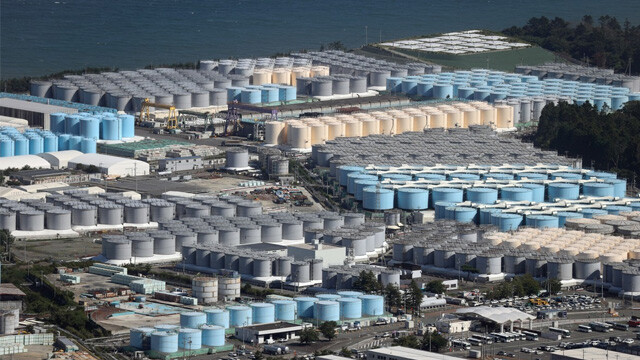
Tokyo Electric Power Company (TEPCO) has announced the successful completion of its second test retrieval of highly radioactive fuel debris from one of the damaged reactors at the Fukushima Daiichi Nuclear Power Plant. This follows a previous attempt in November of last year.
According to Kyodo News, the operation, which commenced on April 15th, involved extracting the collected debris and placing it into a specialized aluminum container. This container was safely removed from the reactor in an operation completed earlier today.
The amount of fuel debris retrieved in this second trial is reported to be less than 3 grams. TEPCO stated that this minuscule sample will be transported to a research facility in Ibaraki Prefecture for detailed analysis. The objective of this analysis is to gain a better understanding of the physical and chemical characteristics of the melted fuel and structural materials, which is crucial for developing effective and safe methods for large-scale removal in the future.
The catastrophic accident at the Fukushima Daiichi plant in March 2011 resulted in the meltdown of the nuclear fuel in three reactors. An estimated 880 tons of this intensely radioactive fuel debris remain within the damaged structures, posing a significant challenge for decommissioning the plant. The exact composition and location of this debris are not fully known, further complicating the retrieval process.
The ongoing test retrievals are part of a long and complex decommissioning process that is expected to take decades. The challenges involved are unprecedented, as there is no prior experience in removing such substantial quantities of melted nuclear fuel from damaged reactors. Radiation levels within the reactor buildings remain extremely high, necessitating the development and deployment of remotely operated robotic equipment for investigation and retrieval tasks.
Previous attempts and investigations have provided some insights into the state of the fuel debris. Remotely operated underwater robots equipped with cameras and sensors have been deployed inside the reactors to assess the conditions and attempt small-scale sample collection. These efforts have been hampered by limited visibility, high radiation levels, and the unpredictable nature of the melted material.
The first test retrieval in November involved a different approach and yielded a similarly small sample. The current second test likely incorporated lessons learned from the initial attempt, focusing on refining the retrieval techniques and the handling of the collected material.
The analysis of the samples obtained from these test retrievals is critical for several reasons. Understanding the material properties, such as its hardness, brittleness, and chemical composition, will inform the design of the tools and strategies needed for bulk removal. It will also help in assessing the potential risks associated with handling and storing the debris.
Currently, a concrete method for the full-scale removal of the 880 tons of fuel debris has not yet been finalized. Various approaches are being considered, including different robotic retrieval methods and strategies for containing and transporting the highly radioactive material. The information gained from these small-scale tests will be instrumental in making informed decisions about the most feasible and safest path forward for decommissioning the Fukushima Daiichi plant and mitigating the long-term environmental risks.
The successful completion of this second test retrieval, while yielding a very small amount of material, represents another incremental step in the long and arduous process of decommissioning the Fukushima Daiichi nuclear power plant. The detailed analysis of the recovered debris will provide invaluable data for the engineers and scientists working to address one of the most complex nuclear decommissioning challenges in history.
[Copyright (c) Global Economic Times. All Rights Reserved.]






























